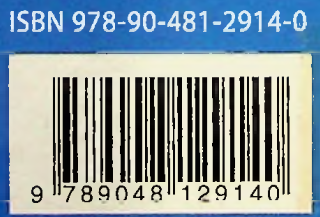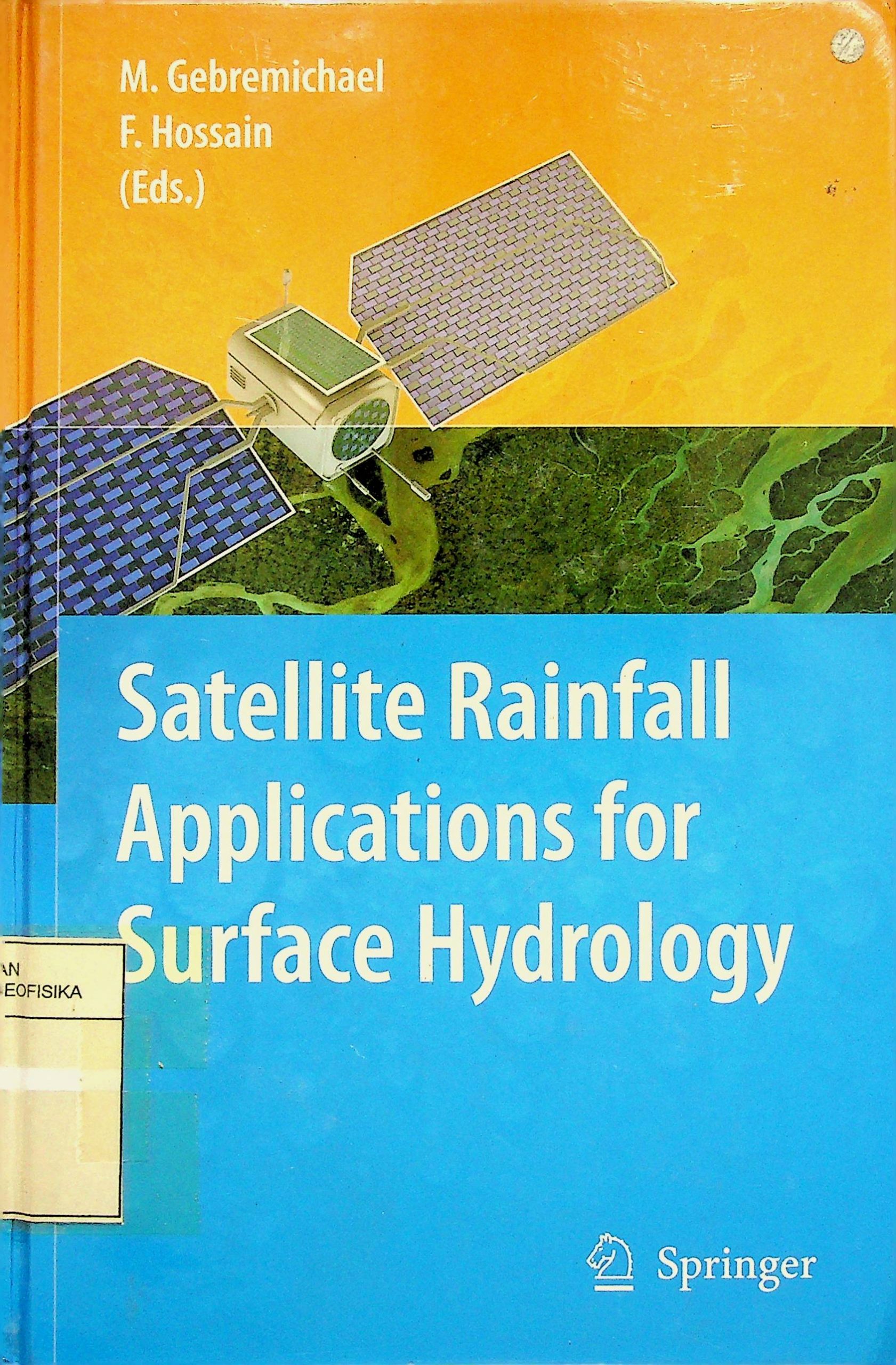As individual topics, the terms “satellite rainfall” and “surface hydrology” have been much widely studied over the last few decades. Ever since rainfall products begun to be developed using space-borne infrared sensors in geostationary orbit in the seventies, satellite remote sensing of rainfall experienced tremendous progress. Microwave sensors on low earth orbits came along during the eighties to provide more accurate estimates of rainfall at the cost of limited sampling. As the contrasting but complementary properties of microwave and infrared sensors became apparent, merged rainfall products started to appear during the following decade. In 1997, the Tropical Rainfall Measuring Mission (TRMM) with the first space-borne active microwave precipitation radar (TRMM-PR), was launched. The success of TRMM in improving our understanding on Tropical and Sub-tropical rainfall distribution and precipitation structures consequently spurred a larger scale mission aimed at the study of global distribution of precipitation. Today, we now eagerly anticipate the Global Precipitation Measurement (GPM) mission, which envisions a global constellation of microwave sensors that will provide more accurate global rainfall products at high resolution from 2013 onwards.
5
Satellite Rainfall Applications for Surface Hydrology
Mekonnen Gebremichael • Faisal Hossain
Penerbit :
Springer
Tahun :
2010
Buku Text
Orbit satelit Hidrologi
-
No Scan318
-
No Klasifikasi551.48
-
ISBN978-90-481-2914-0
-
ISSN-
-
No Registrasi28A/IV/2012
-
Lokasi Terbit-
-
Jumlah Hal123
-
Label551.48 Geb s
-
Versi DigitalYA
-
Versi FisikYA
-
Lokasi Rak Buku Fisik01/A/04
-
Jumlah Exemplar Fisik Tersedia1






